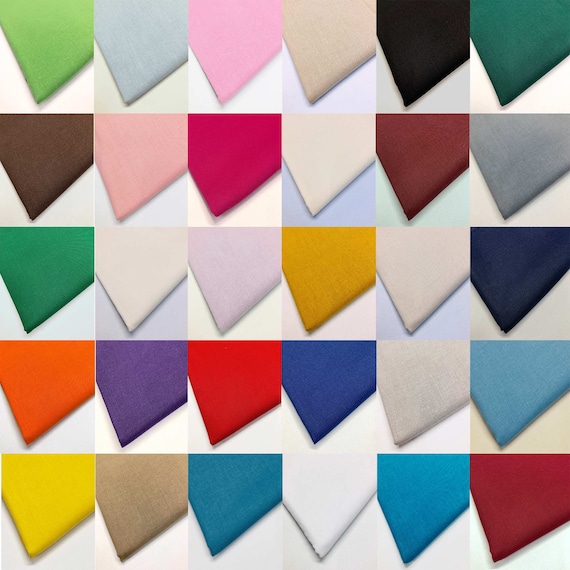As the summer sun blazes overhead, the quest for comfort becomes paramount. While we often focus on the latest fashion trends or the most stylish summer outfits, the choice of fabric can significantly impact our comfort levels during the sweltering months. In this article, we will delve into the materials that can make summer unbearable, exploring their properties, why they are uncomfortable, and what alternatives exist for a more pleasant experience.
The Science of Summer Fabrics
Before we identify the materials that can lead to discomfort, it’s essential to understand the science behind fabric properties. The two primary factors that influence comfort in hot weather are breathability and moisture-wicking capabilities. Breathable fabrics allow air to circulate, helping to regulate body temperature, while moisture-wicking materials draw sweat away from the skin, promoting evaporation and cooling.
Uncomfortable Materials in Summer
- Polyester and Synthetic Blends
- Properties: Polyester is a popular fabric due to its durability and resistance to wrinkles. However, it is a synthetic material that does not breathe well.
- Why It’s Uncomfortable: In hot weather, polyester traps heat and moisture against the skin, leading to a clammy feeling. This can exacerbate sweating and discomfort, making it a poor choice for summer wear.
- Nylon
- Properties: Like polyester, nylon is a synthetic fabric known for its strength and elasticity. It is often used in activewear and swimwear.
- Why It’s Uncomfortable: Nylon lacks breathability and can cling to the skin when wet, creating a sticky sensation. This can be particularly bothersome during outdoor activities or in humid conditions.
- Denim
- Properties: Denim is a heavy cotton fabric that is durable and stylish. However, its weight can be a drawback in summer.
- Why It’s Uncomfortable: The thickness of denim can trap heat and restrict airflow, leading to discomfort. Additionally, when denim gets wet from sweat or rain, it becomes heavy and can take a long time to dry.
- Wool
- Properties: Wool is often associated with winter clothing due to its insulating properties. While it can be breathable, not all wool is suitable for summer.
- Why It’s Uncomfortable: Certain types of wool, especially heavier weaves, can be too warm for summer wear. Additionally, wool can absorb moisture, which may lead to a feeling of dampness against the skin.
- Rayon
- Properties: Rayon is a semi-synthetic fiber made from natural sources like wood pulp. It is often used in summer clothing for its lightweight feel.
- Why It’s Uncomfortable: While rayon is breathable, it can also absorb moisture, leading to a heavy, damp feeling when sweating. Moreover, rayon can lose its shape and become clingy when wet, which can be uncomfortable.
Alternatives for Summer Comfort
To combat the discomfort caused by the aforementioned materials, consider opting for fabrics that enhance breathability and moisture management:
- Cotton
- Benefits: Cotton is a natural fiber that is soft, breathable, and absorbent. It allows air circulation and helps wick moisture away from the skin, making it a classic choice for summer wear.
- Linen
- Benefits: Linen is made from flax fibers and is known for its exceptional breathability and moisture-wicking properties. It dries quickly and has a loose weave that promotes airflow, keeping you cool in hot weather.
- Bamboo
- Benefits: Bamboo fabric is becoming increasingly popular for its eco-friendliness and comfort. It is naturally breathable, moisture-wicking, and has antibacterial properties, making it an excellent choice for summer clothing.
- Modal
- Benefits: Modal is a type of rayon made from beech tree pulp. It is soft, breathable, and has excellent moisture-wicking capabilities, making it a comfortable option for warm weather.
- Performance Fabrics
- Benefits: Many brands offer performance fabrics designed specifically for hot weather. These materials often combine synthetic fibers with moisture-wicking and cooling technologies, providing comfort during physical activities.
Conclusion
Choosing the right fabric for summer wear is crucial for maintaining comfort during the hottest months of the year. By understanding which materials can lead to discomfort and opting for breathable, moisture-wicking alternatives, you can enjoy the season without the burden of sticky, clammy clothing. As you prepare your summer wardrobe, keep these insights in mind to ensure that you stay cool, comfortable, and stylish all summer long.


